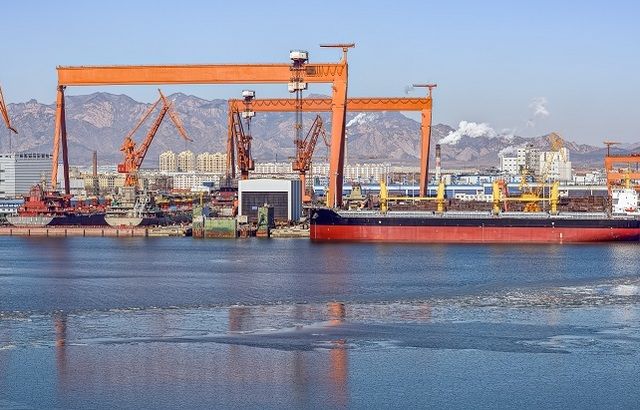China is key in this year’s rally, says Will Ballard, head of emerging markets at Aviva Investors. “Since China decided to reflate its economy [in the run-up to the Party Congress this month], there has been a very rapid acceleration in earnings from large caps,” he said at the recent Expert Investor Sweden forum in Stockholm during a panel debate with two other managers of EM equity funds.
Chinese equities have generated double the returns of the wider emerging markets index this year, suggesting the rally has indeed been driven by China, and has spilled over to other emerging markets. Any change in China, especially on the funding side, could therefore also reverse the rally.

“One thing which worries me as an EM investor is the amount of leverage china has, and the rate at which its growing,” said Ballard. “But they are aware they have a certain element of financial stability risk. They are trying to deal with it, and are managing it much better.”
But there is still is substantial misallocation of capital in the country, which is largely responsible for the large cap rally this year, claims Ballard.
“There has been a concentration of funding on the large, state-owned enterprises. They [China] have literally gone for the same fixed asset investment model [as in the past],” said Ballard, stressing that the stock market rally this year has been very much of a cyclical nature.
This means that small cap companies, which are more consumer-oriented and less cyclical, have largely missed out. “Small cap earnings haven’t rebounded as much. But as the cyclical recovery is becoming slightly later cycle, small caps should close that gap. I predict we will see divergence in performance between small caps and large caps,” said Ballard.
But the expansionary policies of China’s government and the generosity of its state-owned banks aren’t the only reasons for the abundance of liquidity. Another cause is of course QE: a large share of EM corporate credit is denominated in ‘QE currencies’, mainly dollars and euros.
Central bank policies haven’t only boosted asset prices: it has also produced a tide that has lifted all boats, making it hard to distinguish between good and bad companies.
Let QE end tomorrow
“The most positive scenario for me as a manager would therefore be if QE ends tomorrow,” said Kim Catechis, head of emerging markets at Martin Currie. “There are still a lot of companies in business today that don’t deserve to be. Ending QE will allow quality companies to show.”
While ending QE would create a window of opportunity for active managers to outperform, it would also set Catechis’ ‘nightmare scenario’ in motion.
“One of the problems emerging market companies have is that they do require [dollar] financing. Anything that would disrupt affordability of credit would be a big issue,” he said.
A “miscalculated ratcheting up of rates in the US”, which is how Catechis formulated his nightmare scenario, doesn’t look likely to happen now. But it certainly is a tail risk, which could materialise if US tax reform for example results in accelerating company earnings, wage growth and inflation. A change of guard at the Fed would also be a risk, as few possible replacements for Ms Janet Yellen would be as dovish as her.







